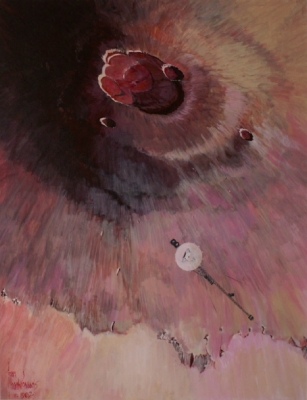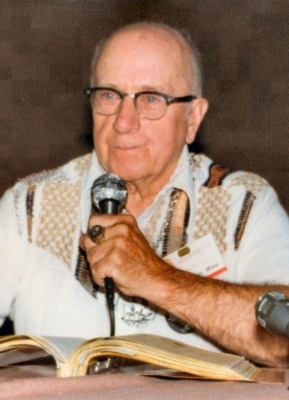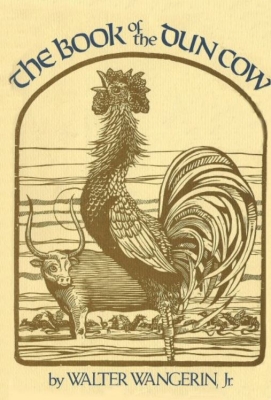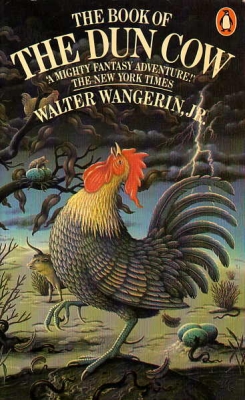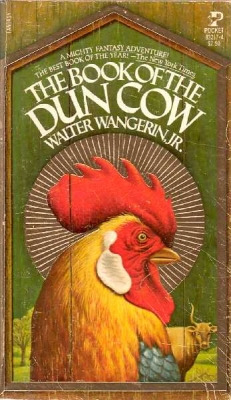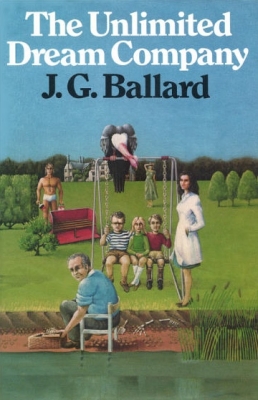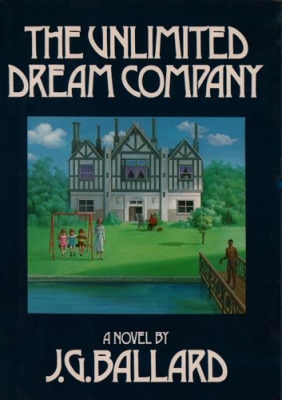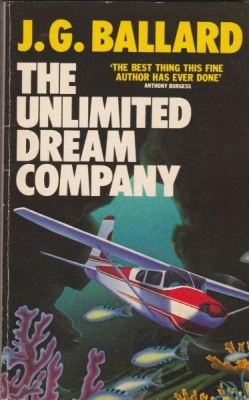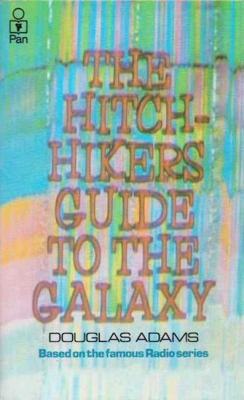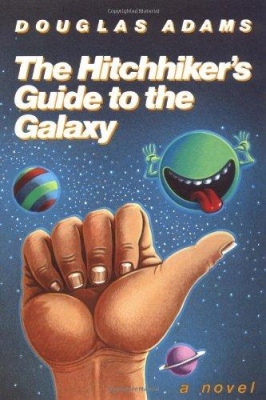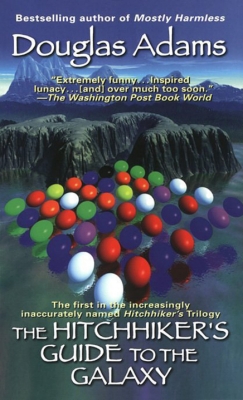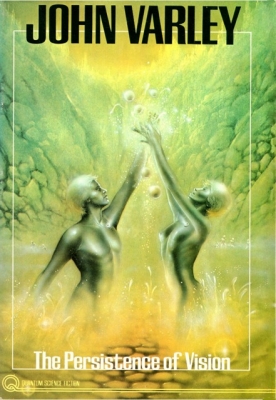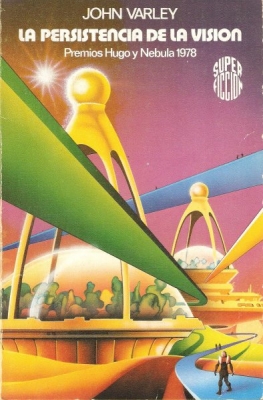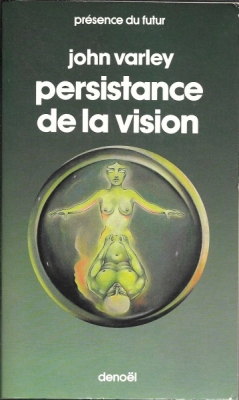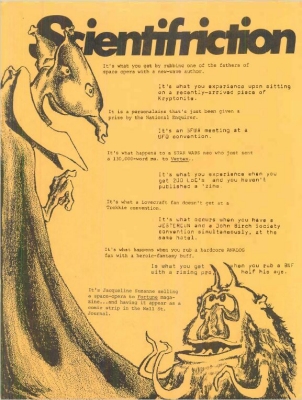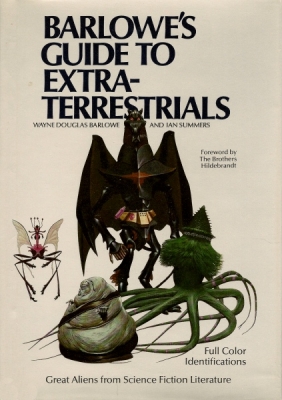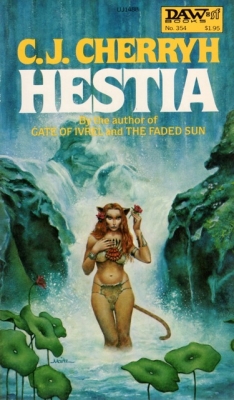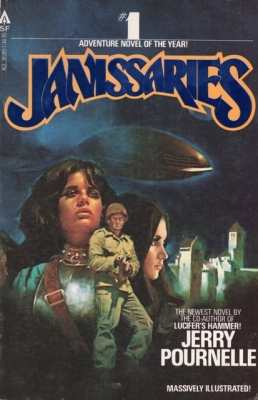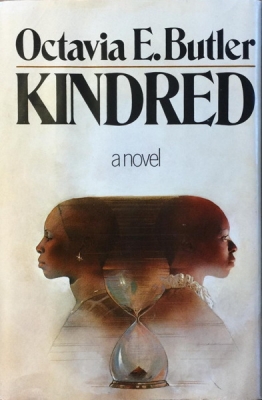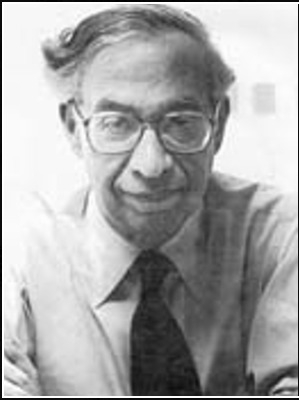The Golden Age of Science Fiction: Joan Hanke-Woods
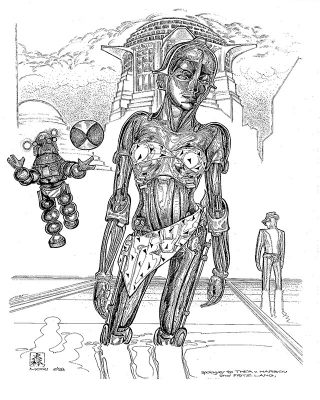 td> |
The Fan Activity Achievement Awards, or FAAN Awards were founded in 1976 by Moshe Feder and Arnie Katz. Created to highlight writing in fandom, they differed from the Fan Hugos in that they were voted on specifically by fanzine fans. The original awards were presented at various convention. Following the 1980 awards, the awards were on hiatus until 1994 and have been presented each year since, with the exception of 1996. Joan Hanke-Woods won the last of the original run of FAAN Awards for Best Fan Artist—Serious, her second consecutive win. The first winner was Jim Shull. The category was not revived after the hiatus, being combined with the Best Fan Artist—Humorous category and replaced by the Best Fan Artist category.
Over the years, joan hanke-woods used a variety of monikers for her artwork. By the time I got to know her, she was using the name delphyne woods. She first discovered fandom in 1978 at Windycon V and rapidly began providing artwork for fanzines. She won the FAAN Awards in 1979 and 1980. While the FAAN Awards are given by fanzine fandom and the Hugos are presented by a more varied electorate, her work gained recognition and from 1980 through 1986, she was nominated for the Hugo Award for Best Fan Artist, eventually winning in 1986.
